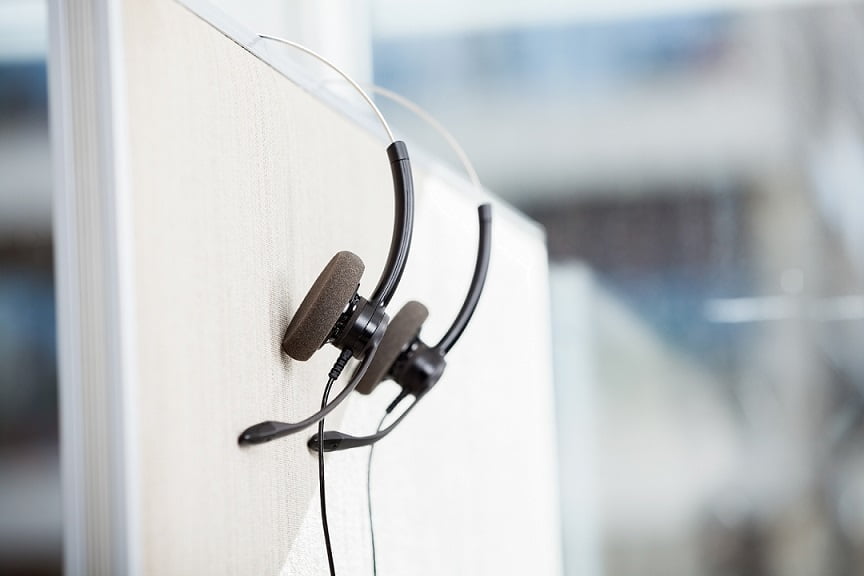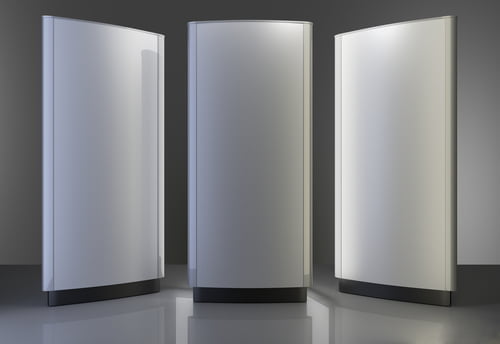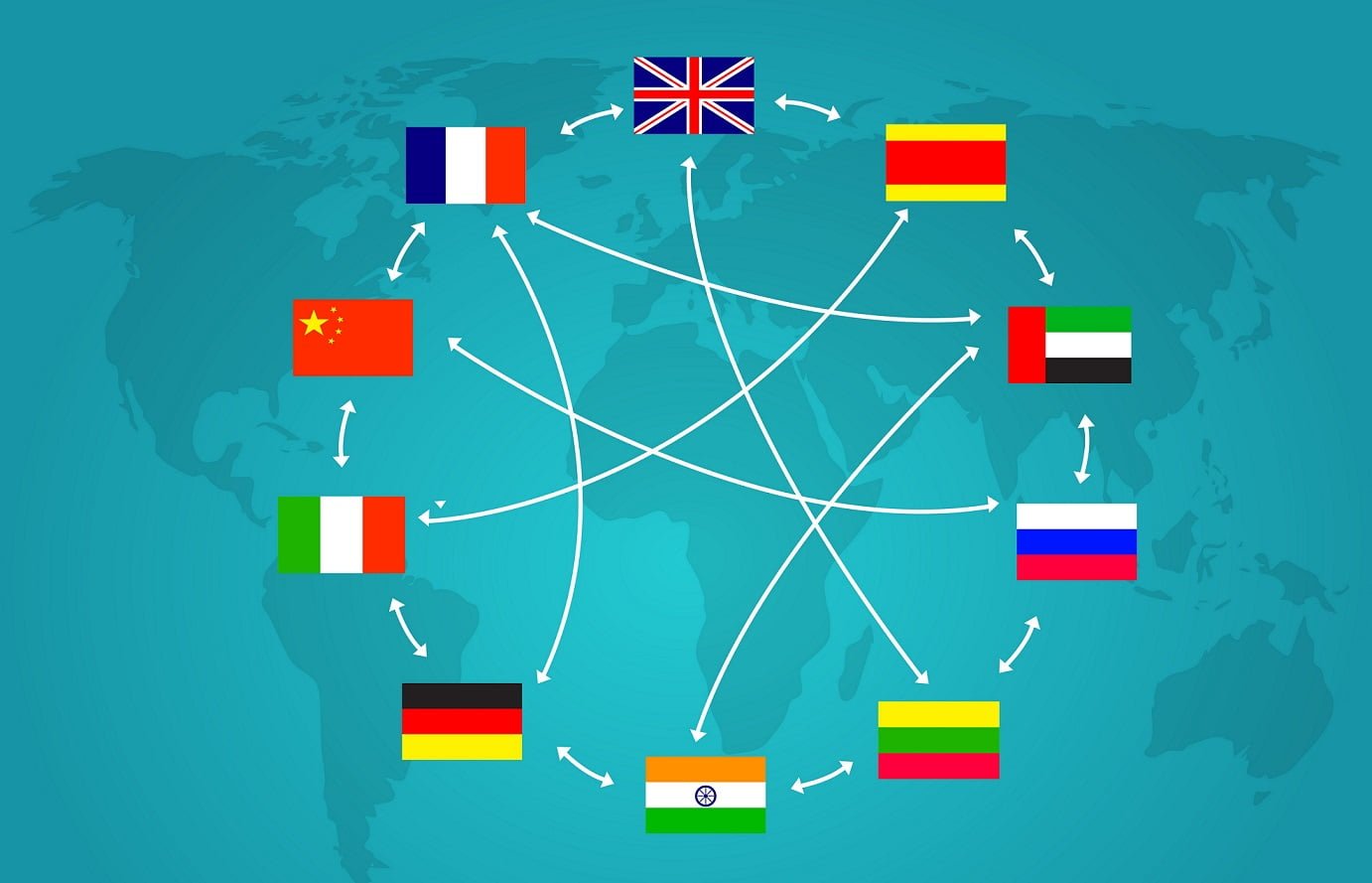Which type of interpreting do I need?
We’re often asked the question “Which type of interpreting do I need?”
To help answer this, here are some example situations you may find yourself in and the type of interpreting you will need.

Site visit
One or two colleagues from your sister company or overseas office are coming for a site visit. They need language assistance when walking around the factory or office.
Which type of interpreting do you need?
The best type of interpreting in this situation is whispering interpreting. Also known as whispered interpreting, this is a form of simultaneous interpreting. The interpreter walks around with, or sits next to, the listener(s) and whispers what the speaker says in their language.
The main advantage of using whispering interpreting is that it’s economical as no equipment is required. If the interpreting is required for a full day or longer then two interpreters would be required to attend. This is because although it’s called whispering interpreting, the interpreters must whisper loudly in order to be heard which can strain the vocal chords. In cases with more than two non-English speaking visitors, whispering interpreting would not be recommended. Simultaneous interpreting using a tour guide system or consecutive interpreting would be required.
Find out more about whispering interpreting here
Small meeting or presentation
You are giving a presentation to, or having a meeting with, a small number of non-English speaking attendees.
Which type of interpreting do you need?
Consecutive interpreting is definitely the best option in this situation. The interpreter makes notes during the speaker’s presentation or dialogue and interprets each time there’s a natural pause. This can be after every sentence or after several minutes of speech.
This tends to be the most common form of interpreting and like whispering interpreting there is no equipment required for consecutive interpreting so it’s cost-effective. In a business meeting or legal negotiations, the pauses in consecutive interpreting allow more time for the participants to reflect on what is being said so they can respond accordingly. For a larger meeting or if your visitors are native in different languages, simultaneous interpreting would be required.
Find out more about consecutive interpreting here.
Large meeting or conference
You are speaking at a large meeting or conference with attendees who speak a variety of languages.
Which type of interpreting do you need?
Simultaneous interpreting is the best form of interpreting when it comes to dealing with multiple languages (or a single language for a large number of delegates). A simultaneous interpreter sits in a partner booth with a headset and microphone. They listen to the speaker and interpret the information with only a few seconds of lag time, which allows the meeting or conference to flow uninterrupted.
As simultaneous interpreting requires a pair of interpreters and a booth per language as well as headsets for each individual listening in, it is more costly than consecutive interpreting. Two interpreters must be booked for long assignments as simultaneous interpreters should not interpret for more than half an hour before taking a break. This is because it’s the most intensive form of interpreting which is a highly trained skill and interpreters work in a pair taking turns to interpret.
For more information visit our simultaneous interpreting page.
Guided factory tour for several visitors
You need to give a guided factory tour to a group of English-speaking and non-English-speaking visitors.
Which type of interpreting do you need?
In this environment, simultaneous interpreting using a tour guide system would be ideal. The tour guide system includes a microphone which the interpreter speaks into and headsets which the visitors listen through.
You would typically still require two interpreters to work together, but it’s more cost-effective than hiring a partner booth as you would with regular simultaneous interpreting. It also has more of a personal touch as the visitors can ask the interpreter(s) for clarification directly. You could opt for consecutive interpreting if you have a tight budget, but it would slow down the tour considerably and it could be distracting for the other visitors on the tour.
Head to our visits and tours page for more information.
Short-notice/unexpected situation
You need an interpreter immediately to help with a visitor who doesn’t speak your language.
Which type of interpreting do you need?
Telephone interpreting would be the only option when it comes to an immediate or unexpected need for an interpreter, as it would more than likely be too short notice to book a face-to-face interpreter. Telephone interpreting is also used frequently when interpreting is only required for a very short amount of time ie. 10-15 minutes, in order to avoid minimum charge fees and travel costs. You could use telephone interpreting for market research questionnaires, for example.
This type of interpreting covers a wide range of languages, often with 24/7 coverage, and is simple to use. You just need dial in to a central number and the interpreter will be organised for you. Despite the advantages, you should only use telephone interpreting in the situations above and shouldn’t be an alternative to face-to-face interpreting.
Visit our telephone interpreting page for if you would like to find out more information or would like to sign up for the service.







